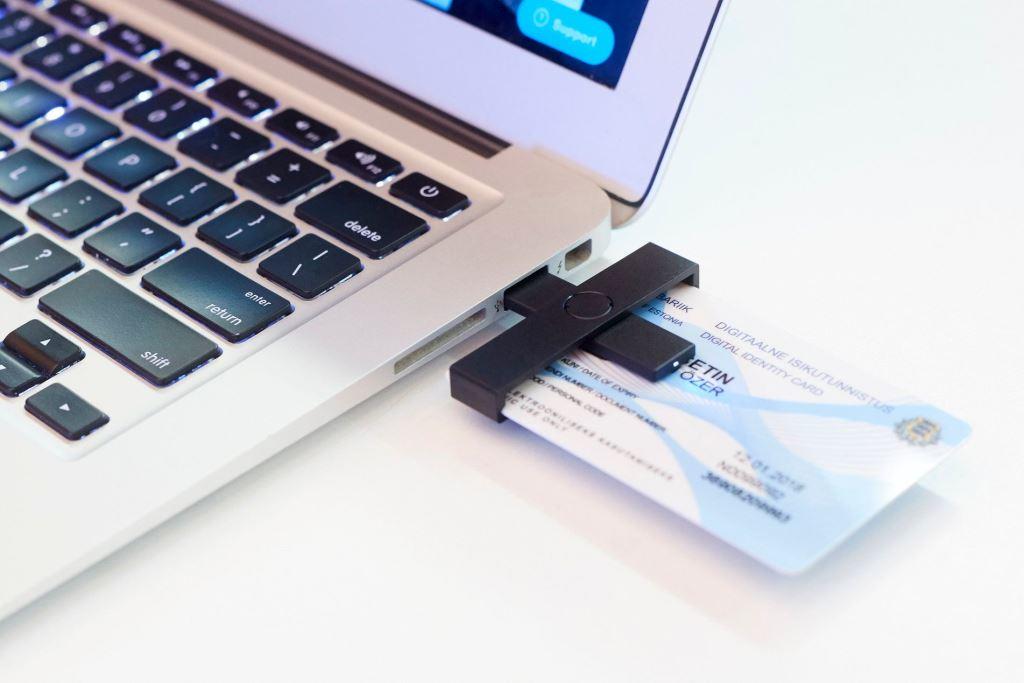In Estonia, every citizen has their own ID card and digital identity. These can be used for digital signing, which is becoming more and more popular all over the world. How can even country-founded projects think as private corporations and have a similar business mindset? Can the Estonian digital signing solution become one of the world leading methods, asks Mihkel Stamm.
When I first started mapping my company’s need for digital signing, it took me quite a long time to understand there could be other compliant digital signing methods apart from the Estonian ID card and mobile-ID. I was so used to how things were done in Estonia, where every citizen had their own ID card and a digital identity. These, combined with two unique pin codes, can be used both for securely logging into websites and for signing (where an encrypted container with unique unforgeable digital signature is created).
It surprised me to understand that the digital signing process could be solved differently while still according to the EU law.
The digital signing market awakens
As it turns out, there are a lot of other digital signing solution service providers around the world. They are much more widely used than the Estonian e-signature. The “digital signature” search from Google showed the Estonian service only on the second page. Docusign, for example, states on its website having over 85 million people using their service worldwide. This is almost 84 times more than the total number of the Estonian population.
Taking into account that one of the top priorities of the European Commission’s digital single market strategy is having unified digital solutions, it is only a matter of time when digital signing becomes even more popular. Moreover, implementing the strategy could mean that one common signing method is agreed on the EU level or, vice versa, if a quickly reacting service provider manages to expand and take over the market. In either case, the question about the solution remains.
“Easy sign up should not mean “just one face-to-face meeting is required” as it is done right now, especially when there are only 34 service points around the world. Imagine that in order to sign up for Facebook, you first need to drive to the capital of your country, meet its representative and only then your account is activated. Why do I need to go there at all?”
So far, Estonia has publicly mainly promoted its e-government and e-residency – letting people around the world become digital residents of Estonia – and left solutions like digital signing to the background. Whereas, the scalability of latter is better, because it’s just more secure than other signing methods. It is connected with a unique identity that other countries or solutions are not so eager to use as they have other practices.
At the same time, the strength is the solution’s weakness as well. With other solutions you can just create an account or log in via your bank account. To be able to use the Estonian e-signature, you first need to get the Estonian digital identity. It means you need to identify yourself face-to-face in one of the service points of the Estonian Police and Border Guard Board or at a foreign representation of the Republic of Estonia.
Easy sign up should not mean “just one face-to-face meeting is required” as it is done right now, especially when there are only 34 service points around the world. Imagine that in order to sign up for Facebook, you first need to drive to the capital of your country, meet its representative and only then your account is activated. Why do I need to go there at all? There are various service providers that already allow identification without seeing the other person physically but doing it online.
Using this also needs a change in law. While in some countries it’s already compliant to use similar methods, according to the Estonian law it is not usable yet. Digital should mean that everything is digital.
You can’t sell your product if your customers don’t understand how to use it
To overcome those problems and scale it, I see two main focuses. First, get more e-residents and cross-sell them the digital signing solution. An e-resident gets the Estonian digital identity, which allows to access over 1,000 public services, like health care and paying taxes online, set up a business and open a bank account, and much more.
However, reaching the vision of 10 million e-residents by 2025 we need a totally new level of thinking. The idea of becoming an e-resident could be as easy as signing up for a Facebook account. E-residency status gives you a chance to use all its perks and the signing solution could be one of its applications to scale it globally. While Taavi Kotka (Estonia’s chief information officer at the time of writing this article), Kaspar Korjus (the e-residency programme manager) and the Estonian president, Toomas-Hendrik Ilves (now former president – editor), have done a great job introducing e-residency worldwide, same can be done with the digital signing opportunity.
Digital signing needs better user experience with an easy sign up and an understandable signing workflow. Let’s compare Docusign, sk.ee and id.ee (the two official Estonian e-signature pages). With the first you understand what this solution is meant for and how you can use it, but with the latter it’s not the case. The solution should be simple enough to be easily scalable to new countries. You can’t sell your product if your customers don’t understand how to use it. This means the customer should always be put first: an easy sign up, a seamless user interface and signing that works everywhere in the world.
“Digital signing needs better user experience with an easy sign up and an understandable signing workflow.”
Luckily, mobile-ID as a solution already fits those criteria. It works on your mobile phone, tablet and computer. Both smartphones and regular phones are compatible, you can use it anywhere in the world where there’s mobile coverage, and you can use it without an ID card reader while still having the same security protocols as the usual ID card has.
Upgrading the user experience, making it more attractive, solving the sign-up problem (where currently face-to-face recognition is needed), and adding professional marketing and a dedicated sales process into the mix, we get a SAAS product, which we can already sell. Especially, when taking also account that in June 2016, the Estonian government is discussing law changes which, if enacted, will also allow using online identification.
The market need is already there, it’s a matter of who takes it
Whatever the final journey will be, we should start changing our way of thinking and I am glad that in some sense we already have, thanks to Taavi Kotka and others. In today’s world, even country-founded projects should think as private corporations and a have similar business mindset.
“Why not have digital signing as one of the income rows in the country’s budget?”
Why not have digital signing as one of the income rows in the country’s budget? A country doesn’t only need to sell raw materials or services but also its IT solutions. Let’s assume that the e-residency programme reaches those 10 million customers and that they are also willing to pay €2 monthly for using this solution (with Docusign they pay at least €8 per month). A simple calculation shows that this would lead to an additional €20 million of monthly revenue – €240 million per year. This is almost 3% of the current Estonian fiscal year budget.
How estonishing does that sound as a business opportunity?
I
The opinions in this article are those of the author. The cover image is illustrative (photo by Rasmus Jurkatam).



